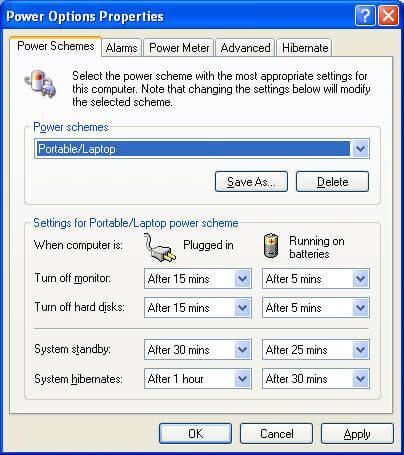Calculator Program In Scheme
Step-Up Loans – Stepup Repayment Scheme for Home Loans. Indian retail housing loan market has changed a lot in last few years. Step-Up Loan Calculator. C++ program to make simple calculator. To make a simple calculator in C++ Programming which performs basic four mathematics operation.
Scalc Example: Scheme-Syntax Calculator Example: A Scheme-Syntax Calculator Introduction This extended example implements a reader for Scheme lists and an evaluator for the Calculator language, an expression language of numbers and arithmetic call expressions. This example includes several files. They can be downloaded together as a. A parser for Scheme lists. A tokenizer for Scheme expressions. An evaluator for numbers and arithmetic call expressions. Utility classes for reading multi-line input.
Utility functions for CS 61A. The Scheme-Syntax Calculator Language Syntax.

Legal Calculator expressions are either numbers or well-formed Scheme lists that have an operator symbol as their first element. The latter are interpretered as call expressions. Legal operator symbols include +, -, *, and /. The evaluation procedure for each operator is described in the lecture notes section about the.

When run interactively, the interpreter reads Scheme expressions (without quotation or dotted lists), evaluates them, and prints the results. >2 2 >(+ 1 2 (* 3 4)) 15. God Ween Satan The Oneness Rar.
3.4 Interpreters for Languages with Combination We now embark on a tour of the technology by which languages are established in terms of other languages. Metalinguistic abstraction — establishing new languages — plays an important role in all branches of engineering design. It is particularly important to computer programming, because in programming not only can we formulate new languages but we can also implement these languages by constructing interpreters. An interpreter for a programming language is a function that, when applied to an expression of the language, performs the actions required to evaluate that expression. We will first define an interpreter for a language that is a limited subset of Scheme, called Calculator.
Then, we will develop a sketch of an interpreter for Scheme as a whole. The interpreter we create will be complete in the sense that it will allow us to write fully general programs in Scheme. To do so, it will implement the same environment model of evaluation that we introduced for Python programs in Chapter 1. Many of the examples in this section are contained in the companion, as they are too complex to fit naturally in the format of this text.
3.4.1 A Scheme-Syntax Calculator The Scheme-Syntax Calculator (or simply Calculator) is an expression language for the arithmetic operations of addition, subtraction, multiplication, and division. Calculator shares Scheme's call expression syntax and operator behavior.
Addition ( +) and multiplication ( *) operations each take an arbitrary number of arguments: >(+ 1 2 3 4) 10 >(+) 0 >(* 1 2 3 4) 24 >(*) 1 Subtraction ( -) has two behaviors. With one argument, it negates the argument. With at least two arguments, it subtracts all but the first from the first.
Division ( /) has a similar pair of two behaviors: compute the multiplicative inverse of a single argument or divide all but the first into the first: >(- 10 1 2 3) 4 >(- 3) -3 >(/ 15 12) 1.25 >(/ 30 5 2) 3 >(/ 10) 0.1 A call expression is evaluated by evaluating its operand sub-expressions, then applying the operator to the resulting arguments: >(- 100 (* 7 (+ 8 (/ -12 -3)))) 16.0 We will implement an interpreter for the Calculator language in Python. That is, we will write a Python program that takes string lines as input and returns the result of evaluating those lines as a Calculator expression. Our interpreter will raise an appropriate exception if the calculator expression is not well formed. 3.4.2 Expression Trees Until this point in the course, expression trees have been conceptual entities to which we have referred in describing the process of evaluation; we have never before explicitly represented expression trees as data in our programs.
In order to write an interpreter, we must operate on expressions as data. A primitive expression is just a number or a string in Calculator: either an int or float or an operator symbol. All combined expressions are call expressions.
A call expression is a Scheme list with a first element (the operator) followed by zero or more operand expressions. Scheme Pairs. In Scheme, lists are nested pairs, but not all pairs are lists. To represent Scheme pairs and lists in Python, we will define a class Pair that is similar to the Rlist class earlier in the chapter.
The implementation appears in. The empty list is represented by an object called nil, which is an instance of the class nil. We assume that only one nil instance will ever be created. The Pair class and nil object are Scheme values represented in Python. They have repr strings that are Python expressions and str strings that are Scheme expressions. >>>expr = Pair ( '+', Pair ( Pair ( '*', Pair ( 3, Pair ( 4, nil ))), Pair ( 5, nil ))) >>>print ( expr ) (+ (* 3 4) 5) >>>print ( expr. First ) (* 3 4) >>>expr.